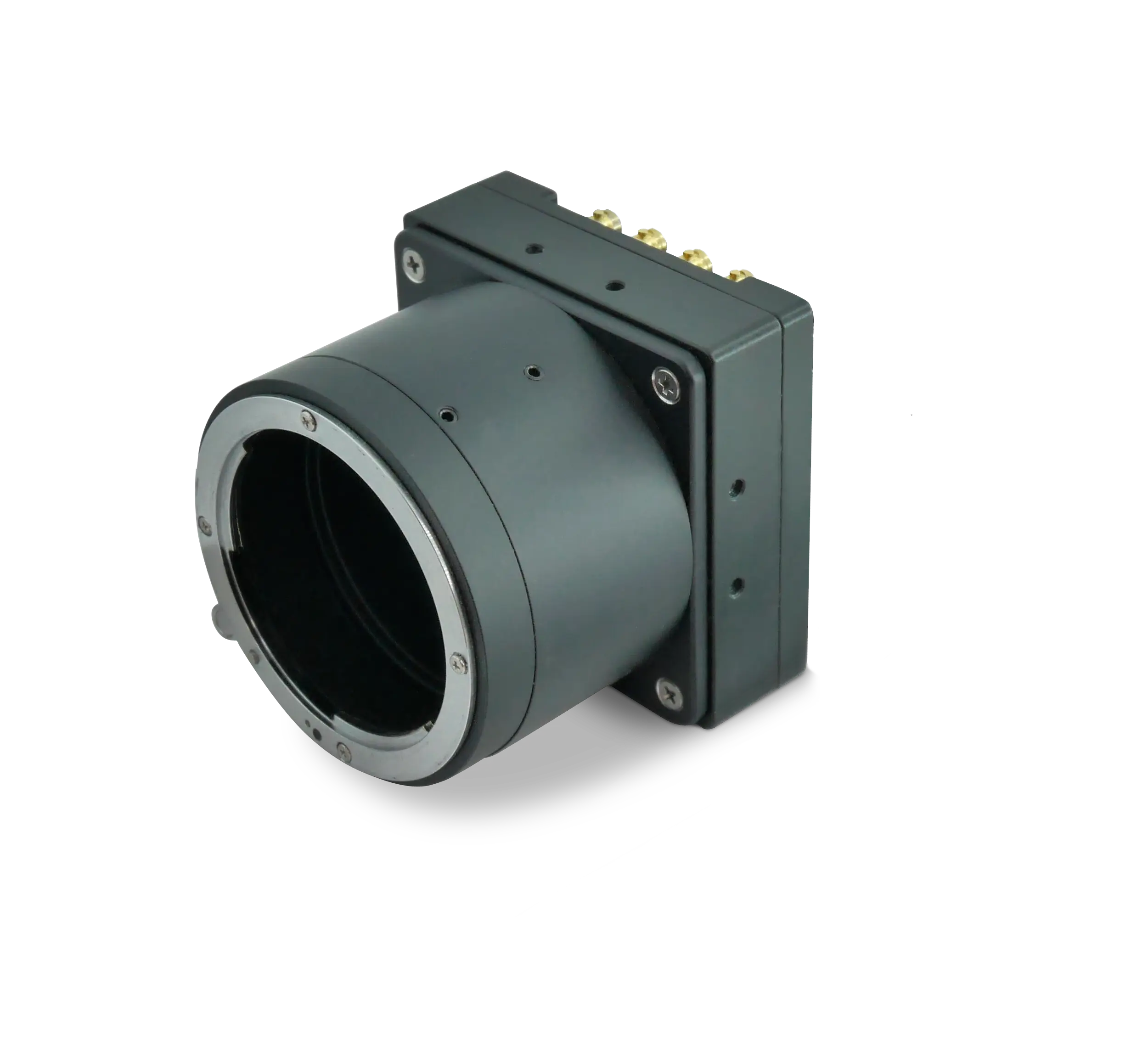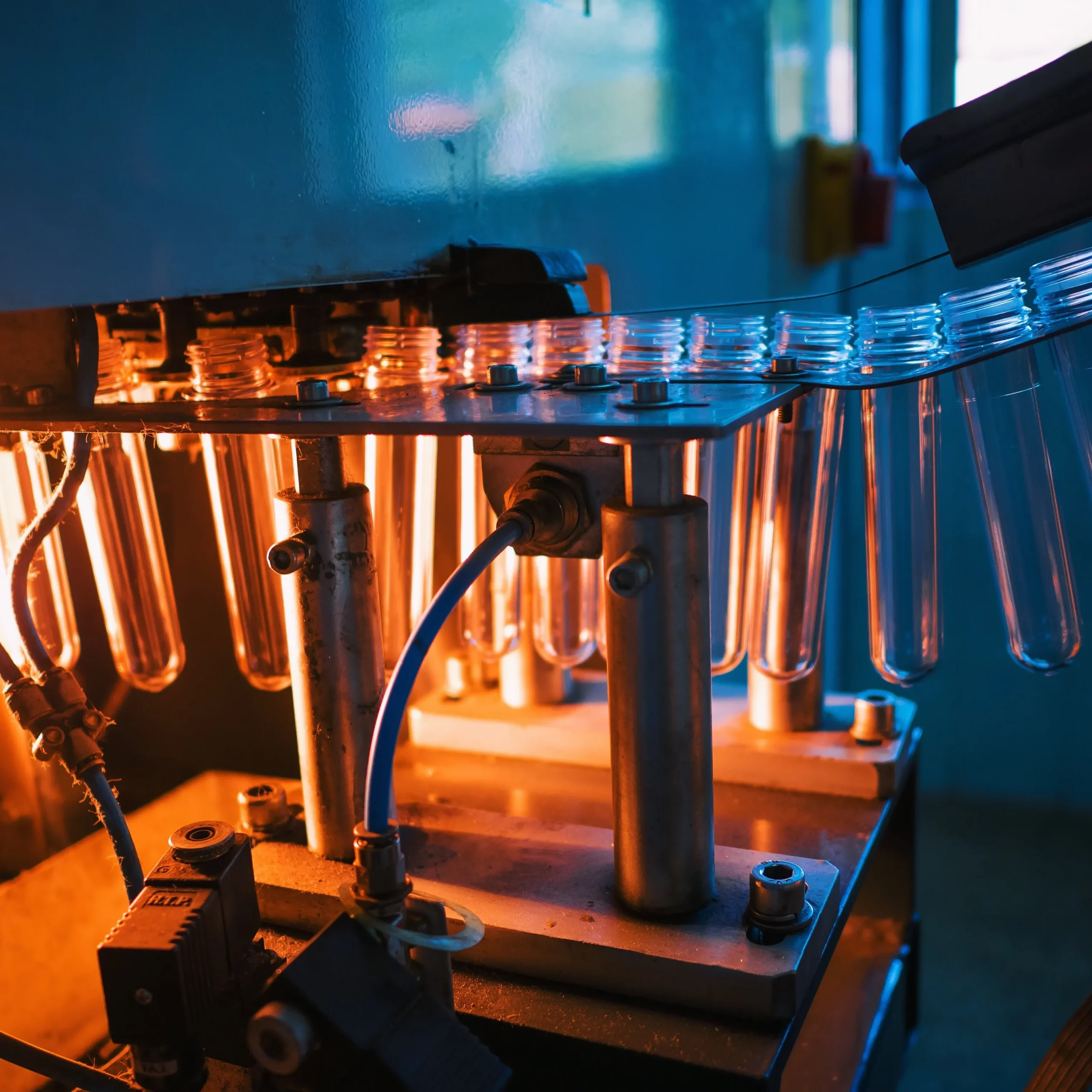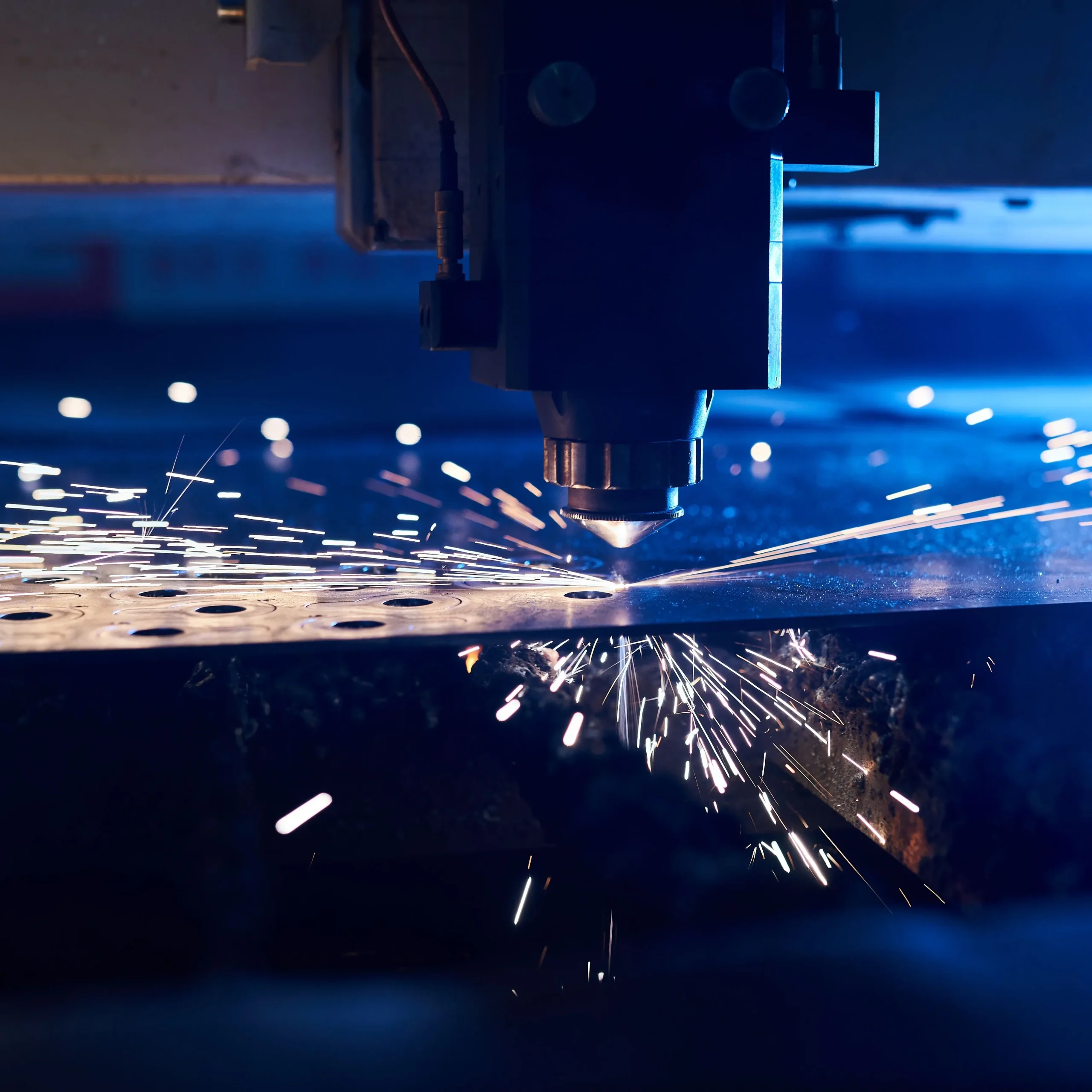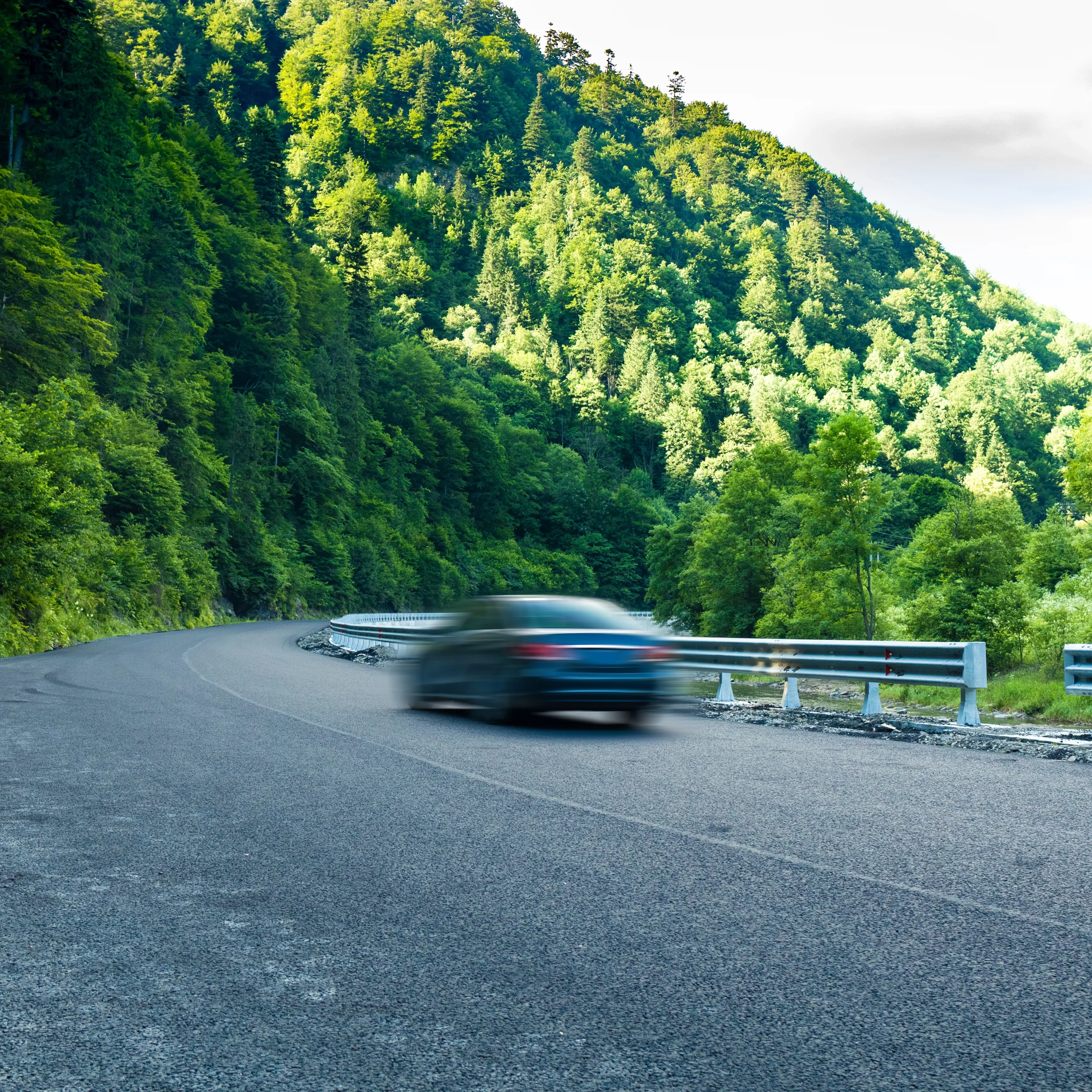Industrial imaging systems have become essential in automation, robotics and
surveillance. From machine‑tending robots that load CNC machines to
surveillance cameras that protect infrastructure, modern systems rely on
cameras to operate 24/7 with minimal intervention. A key metric used to
describe this reliability is MTBF (Mean Time Between Failures). MTBF gives an
indication of how long a product or system can run before a failure is
expected, but it is also widely misunderstood. This blog explores what MTBF
means for cameras, why it matters, the factors that affect it and how to
select cameras engineered for long MTBF.
Understanding MTBF, MTTR and MTTF
MTBF is often confused with other reliability metrics such as MTTF (Mean Time
to Failure) and MTTR (Mean Time to Repair). The following table summarises
these terms:
| Metric | Applicability | Definition | Formula/Units |
|---|---|---|---|
| MTBF | Repairable systems | Average time between inherent failures when the system will be repaired and returned to service |
Total operational time ÷ number of failures (hours) |
| MTTR | Repairable systems | Average time required to repair and restore functionality | Total repair downtime ÷ number of repairs (hours) |
| MTTF | Non‑repairable systems or components | Average time until a system fails permanently | Total hours until failure ÷ number of units (hours) |
MTBF therefore describes the mean time between failures of a repairable
product in its useful life period (the flat portion of the bathtub curve). It
is calculated by dividing the total hours of operation by the number of
failures observed. Importantly, MTBF is not the expected lifespan of a single
unit; it is a statistical average over many units. A camera rated for 100 000
hours MTBF does not guarantee it will operate for 11 years without failure—rather,
the manufacturer expects around one failure for every 100 000 hours of
combined operating time across all units.
Why MTBF matters for cameras
Industrial cameras are often installed in locations where access is difficult
and downtime is expensive. Video‑surveillance cameras in outdoor or
high‑ceiling installations may cost more to replace than their purchase price
due to labour and downtime. An industry article points out that a surveillance
camera with a published MTBF of 90 000 hours equates to more than 10 years of
24/7 operation, providing a clear guide for product life‑time expectations.
Similarly, Premio’s industrial panel PCs offer multiple MTBF tiers—30 000
hours for standard reliability, 50 000 hours for more demanding environments
and 70 000 hours for mission‑critical applications. High MTBF cameras reduce
maintenance, replacements and operational interruptions.
Not all manufacturers publish MTBF values. Pixelink, a machine‑vision camera
manufacturer, explains that many cameras are solid‑state devices that
generally fail due to electrostatic discharge, mishandling or connectors
during integration rather than wear; thus they avoid publishing MTBF figures
because these values can be misleading. Nonetheless, providing realistic MTBF
data helps users plan maintenance and evaluate long‑term cost of ownership.
Factors that influence a camera’s MTBF
1. Quality of components and design
The longevity of integrated circuits, capacitors, sensors and other components
largely determines a camera’s MTBF. Using high‑quality parts and robust
printed circuit boards reduces the failure rate. Cameras designed with
military‑grade or industrial‑grade components often achieve higher MTBF
ratings because the parts are rated for extreme environments and longer life
cycles. A reliability article notes that MTBF is the inverse of failure rate;
thus the system MTBF is calculated as 1 / Σ λ_i, where λ_i is the failure rate
of each component.
2. Thermal management
Heat is a major driver of electronic failure. Security‑grade cameras often use
compact components, making it difficult to measure internal temperatures.
Thermal analysis and careful mechanical design help dissipate heat and prevent
thermal stress. Industrial camera specialists emphasise that resistance to
extreme temperatures is essential; TechNexion’s VLS‑FPD3‑AR0234 camera is
engineered to operate from –30 °C to +70 °C, ensuring reliability in harsh
environments. Effective heat management can increase MTBF by eliminating hot
spots and reducing wear on components.
3. Environmental protection
Cameras used outdoors or in factories must withstand dust, water, chemicals
and vibrations. An IP68‑rated enclosure, as used by TechNexion’s FPD‑Link
cameras, provides top‑tier protection against dust and water. Such housings
guard the camera electronics from corrosion and moisture, significantly
extending MTBF. Sturdy connectors like FAKRA keep cables secure and maintain
signal integrity even under vibration. High levels of EMI/EMC tolerance ensure
the camera will not be disrupted by electromagnetic noise.
4. Shock, vibration and mechanical robustness
Mobile robots, autonomous vehicles and manufacturing lines subject cameras to
continuous vibration and shock. Rugged cameras use reinforced connectors,
shock‑absorbing mounts and robust housings to protect internal components.
High MTBF products are designed to withstand these physical stresses; for
example, high‑rated MTBF cameras are engineered to endure shock and
vibration, extreme temperatures and moisture. Reducing mechanical stress helps
maintain long‑term reliability.
5. Accelerated life testing and quality assurance
Laboratory testing is essential to provide realistic MTBF figures. The
Telcordia SR‑332 and MIL‑HDBK‑217 standards provide models for reliability
prediction. Accelerated life testing subjects cameras to temperature cycling,
vibration and other stresses to simulate years of use in a short period.
Zivid, a 3D camera manufacturer, conducts accelerated lifetime tests to
determine MTBF and selects parts based on lifetime calculations. Such testing
ensures that the published MTBF values reflect actual performance rather than
theoretical calculations, which can otherwise yield unrealistic numbers
exceeding 500 000 hours.
Calculating MTBF for camera systems
Two common methods exist for calculating MTBF:
- Empirical testing – Measure the total operational time of a sample of
units and divide by the number of failures observed. For example, if ten
cameras operate for 10 000 hours each and two fail, the MTBF is (10×10
000) ÷ 2 = 50 000 hours. This method provides real‑world data but requires
time and resources. - Parts‑count or parts‑stress analysis – Use models such as MIL‑HDBK‑217 or
Telcordia SR‑332 to calculate the failure rate of each component, then sum
the rates and take the reciprocal: System MTBF = 1 / (λ₁ + λ₂ + … + λₙ).
Manufacturers often use this approach during design to estimate
reliability. However, the resulting values can be misleading if
assumptions about constant failure rates or environmental factors are
unrealistic. As Adimec notes, theoretical calculations may produce MTBF
values over 500 000 hours (57 years), which does not reflect actual
operating life.
To address these limitations, best practice is to combine theoretical
predictions with accelerated life testing, adjust for the environmental
conditions and use the flat portion of the bathtub curve (useful life period).
Removing early “infant mortality” failures and wear‑out failures produces a
more useful MTBF metric.
Typical MTBF values in the camera industry
MTBF values vary widely depending on design, environment and application. The
following table summarises indicative MTBF ranges cited in industry sources:
| Category | Example products | Approximate MTBF (hours) | Notes |
|---|---|---|---|
| Standard industrial systems | Entry‑level panel PCs | 30 000 | Suitable for general applications where downtime can be tolerated |
| Advanced industrial systems | Panel PCs or cameras for more demanding environments | 50 000 | Enhanced cooling, better components |
| Premium/mission‑critical systems | High‑end panel PCs, rugged cameras | 70 000 + | Designed for critical operations; may include redundant design |
| High‑reliability surveillance cameras | Security cameras with published MTBF | ≈90 000 | Equivalent to >10 years of continuous operation |
| TechNexion rugged cameras | Industrial cameras with extended MTBF | >7 years (≈61 000 hours) | Achieved by resisting high temperature, pressure and vibration |
These values provide ball‑park figures; actual MTBF will depend on
environmental factors and specific models. Manufacturers should provide
detailed conditions for their MTBF ratings (temperature, duty cycle,
environment) to enable accurate comparison.
Long MTBF cameras in practice
Rugged and industrial‑grade cameras are engineered to maximise MTBF through a
combination of design choices:
- Extreme temperature tolerance – Operating ranges such as –30 °C to +70 °C
ensure reliable performance across seasons and geographies. For example,
TechNexion’s VLS‑FPD3‑AR0234 can function in chemical plants and foundries
thanks to its wide temperature range. - Ingress protection (IP) enclosures – IP68 or higher enclosures protect
against dust, rain and submersion. This shielding prevents corrosion and
moisture‑induced failures and is critical for outdoor cameras. - Robust connectors – Connectors such as FAKRA and industrial‑grade cables
resist shock and vibration. Secure connections reduce signal dropouts and
mechanical stress, improving overall MTBF. - Electromagnetic resilience – High EMI/EMC tolerance ensures cameras
continue to operate near high‑current motors or radio transmitters. - Quality assurance testing – Manufacturers like Zivid perform accelerated
lifetime tests to determine MTBF and verify that cameras meet reliability
standards across their temperature and vibration specifications.
These design elements allow cameras to withstand harsh conditions and deliver
consistent performance, reducing downtime and life‑cycle costs.
Avoiding pitfalls: interpreting MTBF correctly
Although MTBF is a useful metric, there are several pitfalls:
- MTBF ≠ service life – A product with a 100 000‑hour MTBF does not
guarantee 100 000 hours of operation for every unit. It indicates an
average over a population and should be used to calculate reliability
probabilities. - Context matters – MTBF values are meaningful only when the environmental
conditions (temperature, vibration, humidity) and confidence level are
specified. A camera that achieves 70 000 hours MTBF at 25 °C may not
deliver the same reliability at 60 °C or in a vehicle. - Disguising infant mortality – Early failures often occur in the first few
hundred hours. Manufacturers should remove these failures when reporting
MTBF (via burn‑in or screening). - Unrealistic theoretical values – Software models can output MTBF numbers
exceeding 500 000 hours. Without empirical testing and proper assumptions,
these numbers may mislead customers. - Cost–benefit trade‑off – While high MTBF reduces maintenance, it often
increases initial cost. Decision‑makers should consider the total cost of
ownership and the cost of downtime.
By understanding these limitations and asking manufacturers for detailed
reliability data, users can make informed choices.
Selecting cameras for long MTBF
When choosing a camera for industrial or mission‑critical applications,
consider the following guidelines:
- Evaluate environmental ratings – Ensure the camera’s operating temperature
range, IP rating and vibration/shock tolerance match your environment.
Look for specifications such as –30 °C to +70 °C temperature range and
IP68 enclosures. - Check MTBF methodology – Ask how the manufacturer calculates MTBF.
Reliable MTBF values should be based on accelerated life testing and refer
to standards like Telcordia SR‑332 or MIL‑HDBK‑217. - Analyse life‑cycle costs – Consider not just the camera’s price but also
the cost of installation, replacement and downtime. High‑MTBF cameras may
have higher upfront costs but lower total cost of ownership. - Look for quality components – Choose cameras from manufacturers known for
using high‑grade sensors, processors and connectors. Better parts
contribute to longer MTBF. - Review warranty and support – A strong warranty and responsive technical
support mitigate the risk of early failures. Pixelink’s choice to offer
service and support rather than publish MTBF stats highlights the value of
addressing failures quickly. - Consider redundancy – For truly mission‑critical systems, use redundant
camera paths or hot‑spare units. While redundancy does not increase MTBF,
it maintains system availability when failures occur.
Long‑MTBF cameras are essential for industrial automation, robotics,
surveillance and other mission‑critical applications. MTBF provides an
indication of reliability by measuring the average time between failures, but
it must be interpreted correctly. High MTBF ratings reduce maintenance,
downtime and life‑cycle costs, yet unrealistic figures can mislead buyers.
Factors such as component quality, thermal management, environmental
protection, mechanical robustness and accelerated life testing contribute to
long MTBF values.
By understanding the meaning of MTBF, recognising its limitations and
selecting cameras engineered for harsh environments, users can ensure their
imaging systems deliver reliable performance over many years. Working with
reputable manufacturers that publish transparent reliability data—validated
through testing—will help customers optimise their investment and build
systems that stand the test of time.




